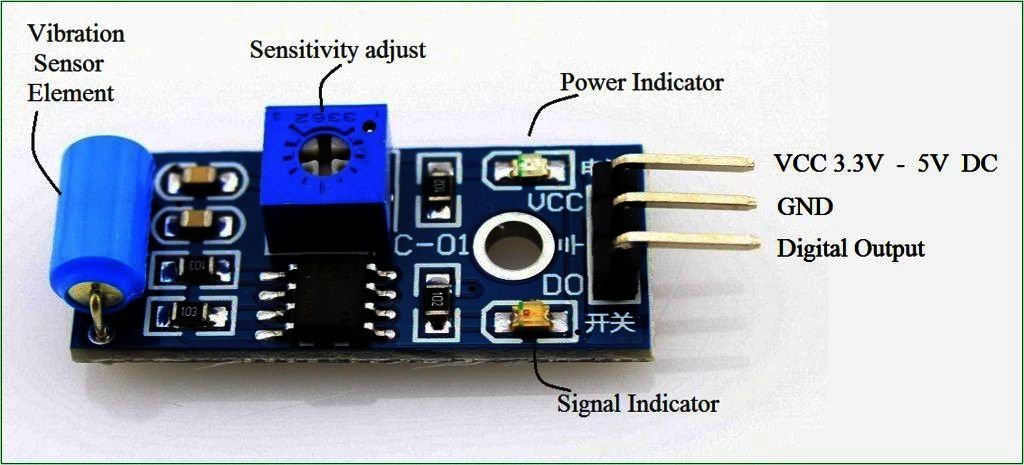A vibration sensor is a device that detects mechanical vibrations. It measures the vibration levels in your machine and alerts you to any potential problems, like equipment failure or worn parts that need replacement.
There are several types of vibration sensors out there, each with its own unique characteristics and applications.
1. Accelerometers: These are the most common type of vibration sensor. They measure acceleration, which is the rate of change of velocity. Accelerometers can detect vibrations across a wide frequency range and are often used in applications such as machinery monitoring, seismic monitoring, and vehicle dynamics testing.2. Velocity sensors: These sensors measure the velocity of vibration, which is the rate of change of displacement. Velocity sensors are often used in applications where high-frequency vibration needs to be monitored, such as in the aerospace industry.
3. Displacement sensors: These sensors measure the displacement of a vibrating object. Displacement sensors are often used in applications where low-frequency vibration needs to be monitored, such as in structural health monitoring.
4. Strain gauge sensors: These sensors measure the strain or deformation of a structure due to vibration. Strain gauge sensors are often used in applications where the vibration needs to be monitored in real-time, such as in bridge monitoring.
5. Piezoelectric sensors: These sensors use the piezoelectric effect to convert mechanical vibrations into electrical signals. Piezoelectric sensors are often used in applications where high sensitivity is required, such as in medical diagnostics and acoustic measurements.
Now, the question is, which type of vibration sensor is right for you? Well, that depends on your specific needs and application.







No comments:
Post a Comment